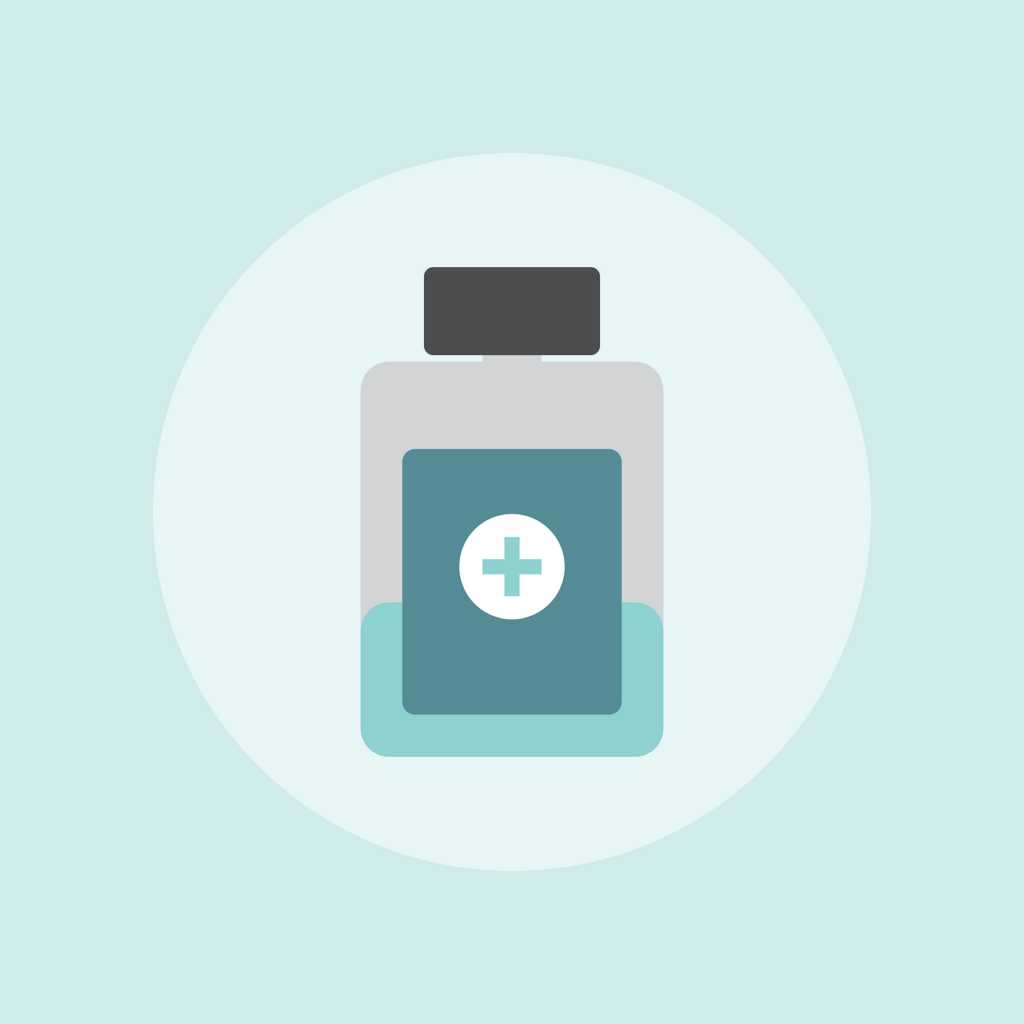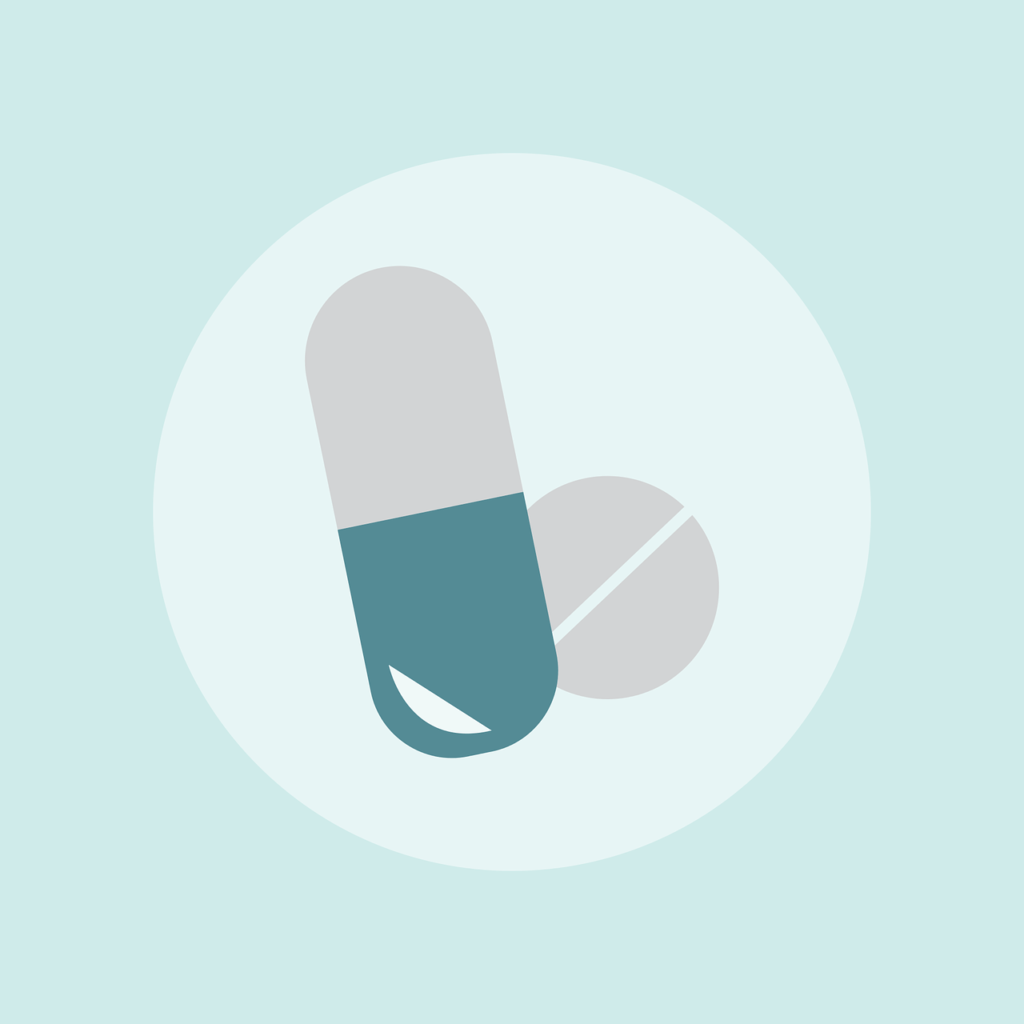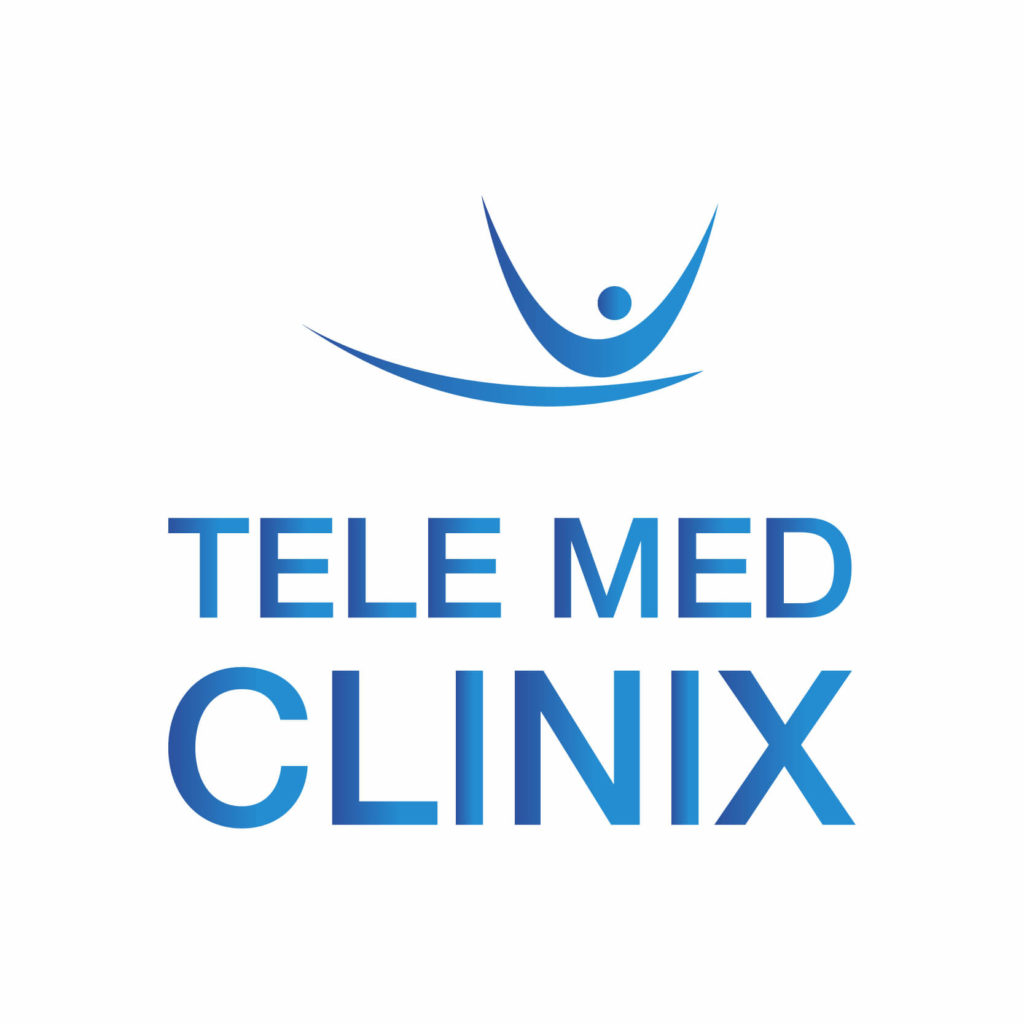
As the world tuned it’s attention to the continually rising case numbers of COVID-19, thousands of Americans perished at the hands of a silent, and over-looked killer.
According to the CDC, There were more than 81,000 drug overdose deaths in the US during the 12 month period, ending in May 2020. This is the highest number of overdose deaths that has ever been recorded in a single 12-month period. With the world on lockdown, the battle against the Opioid epidemic is being lost behind closed doors. Treatment centers and detox facilities are overwhelmed, and in the midst of a pandemic, hospitals are struggling to help.
“It’s just so much. Right now, we are having more people than ever coming in for overdoses, and we’re already overwhelmed.”
-Angel Hiatt, ICU nurse.
So, what can we do?

Getting people to accept treatment is hard enough, and keeping them there proves to be even harder. But, with more Providers and Treatment centers embracing Outpatient MAT, those numbers are improving.
MAT (Medication-Assisted Treatment) – is the use of certain medications, in combination with various therapies and counseling, to enhance the success of Substance Use Disorder (SUD) treatment.
MAT is primarily used for the treatment of addiction to alcohol and/or opioids (such as heroin and prescription pain relievers that contain opiates) and is best used in combination with psych and counseling services.
Understanding A Chemically Dependent Brain:

To understand how MAT is effective, it is first important to understand how opiates and alcohol impact the brain and body:
- Naturally, every human possesses pre-existing pain relieving chemicals called Dopamine – a neurotransmitter that regulates movement, emotion, and feelings of pleasure. Opiates and opioids work by binding to specific receptors in the brain, mimicking Dopamine, while alcohol causes the brain to pump out excessive amounts of our existing Dopamine.
- When consuming alcohol or opiates for an extended amount of time, individuals can eventually develop a tolerance, requiring higher and higher amounts to achieve the same effects.
- As opioids/alcohol continue entering the body, the brain’s reward system becomes continually flooded with Dopamine. Over time, the brain adjusts its normal functioning to accommodate the intake of opioids/alcohol, and loses its ability to function normally without the substances being present.
- Any person is susceptible to this reaction to excessive Dopamine in the brain, making anyone at risk for addiction to these substances.
Withdrawal: A personal hell
- Once the brain has become dependent on opioids and alcohol, it discontinues its usual production of Dopamine. In turn, when an individual suddenly discontinues the use of these substances – it sends the body and brain into shock. Where Dopamine was once constant, it becomes virtually absent, as the body now struggles to create the chemical on its own.
- With the absence of Dopamine, the body will shortly begin experiencing the symptoms of withdrawal. Many factors dictate how long a person will experience the symptoms of withdrawal, such as amount being used and duration of use. Because of this, everyone experiences opioid and alcohol withdrawal differently. Despite this, there’s typically a timeline for the progression of symptoms one can expect.
Important note: Individuals habitually using benzodiazepines (Valium, Xanax, Kolonopin, etc.) and/or alcohol should consult a medical professional BEFORE detoxing – as withdrawal symptoms could be life-threatening.
The first symptoms typically begin within 24 hours after an individual stops using, and can include:
- muscle aches
- restlessness
- anxiety
- lacrimation (eyes tearing up)
- runny nose
- excessive sweating
- inability to sleep
- yawning very often
Later symptoms, which can be more intense, usually begin after the first day or so. These symptoms include:
- diarrhea
- abdominal cramping
- goosebumps on the skin
- nausea and vomiting
- dilated pupils and possibly blurry vision
- rapid heartbeat
- high blood pressure
As previously stated, more severe cases of withdrawal can be extremely dangerous. It is important that an individual going through withdrawals, do so in a safe environment under the supervision and care of a medical professional.
Relief through Relapse
Often, those who are dependent on opioids and opiates can experience weeks to months of the above withdrawal symptoms. Due to the sheer intensity, extreme discomfort, and high anxiety that comes with the withdrawal period – this is often when individuals may relapse, usually to alleviate symptoms.
Unfortunately, while this will temporarily end symptoms, the full withdrawal period is necessary for individuals seeking lasting recovery. Withdrawal is an inevitable part of treatment and is often the sole reason many users do not seek or continue through treatment.
Replacing Relapse

Recovering from Substance Use Disorder is a medical condition that requires more than just individual will power. Medication Assisted Treatment (MAT) exists to help shorten the withdrawal process and to make symptoms less severe.
How does it work?
- Think of MAT like Nicotine gum, and opioids/opiates and alcohol like cigaretts. I need to quit smoking, as I’ve been diagnosed with COPD. But every time I try, I get overwhelmed with headaches, irritability, and cravings. At the end of a hard day, I can’t help but cave, just to relieve my discomfort. Finally, I decide to buy Nicotine gum. Months go by, and the gum helps to ease my headaches and curb cravings to a tolerable level. Best of all, I no longer turn to smoking and I am able to begin getting more effective treatment for my COPD. Slowly, over time, I find my need for the gum becoming less and less. The occasional craving still appears, but it isn’t nearly as intolerable as it used to be. Eventually, I am able to stop using the gum, and my body no longer craves Nicotine.
Much like Nicotine gum/patches, MAT medications are utilized to soften symptoms by replacing a harmful substance, with one that provides some relief but is not damaging to “quitting”. Research has shown that individuals who utilize MAT along with counseling are significantly less likely to relapse.
MAT Medications
There are many factors that must be taken into consideration when choosing an MAT medication. Medications included are:
Methadone: Taken orally once daily. Reduces cravings and withdrawal symptoms. Most often used for patients who have a more severe opioid addiction.
Buprenorphine (Suboxone): Taken orally once daily, or via sustained-release forms like an implant or injection. Reduces cravings and withdrawal symptoms.
Naltrexone (Vivitrol): Taken orally or via a monthly sustained-release injection. Reduces cravings and blocks the effects of opioids.
Every patient’s needs are different. Work closely with counselors and clinicians to decide which medication is best.
Let’s Get Started
We’re here, and we’re ready to fight with you. If you or a loved one are ready to take a stand against Substance Use Disorder, don’t wait. Our care team will schedule an evaluation via telemedicine or in-clinic appointment. Schedule an appointment here.

At your evaluation, we can decide together which MAT method is right for you. For treatment to be effective, it is important to continue receiving regular mental health treatment from our certified addiction professionals or medical providers in addition to your MAT. When used together, these two services have proven to be extremely effective in long-term SUD recovery.


